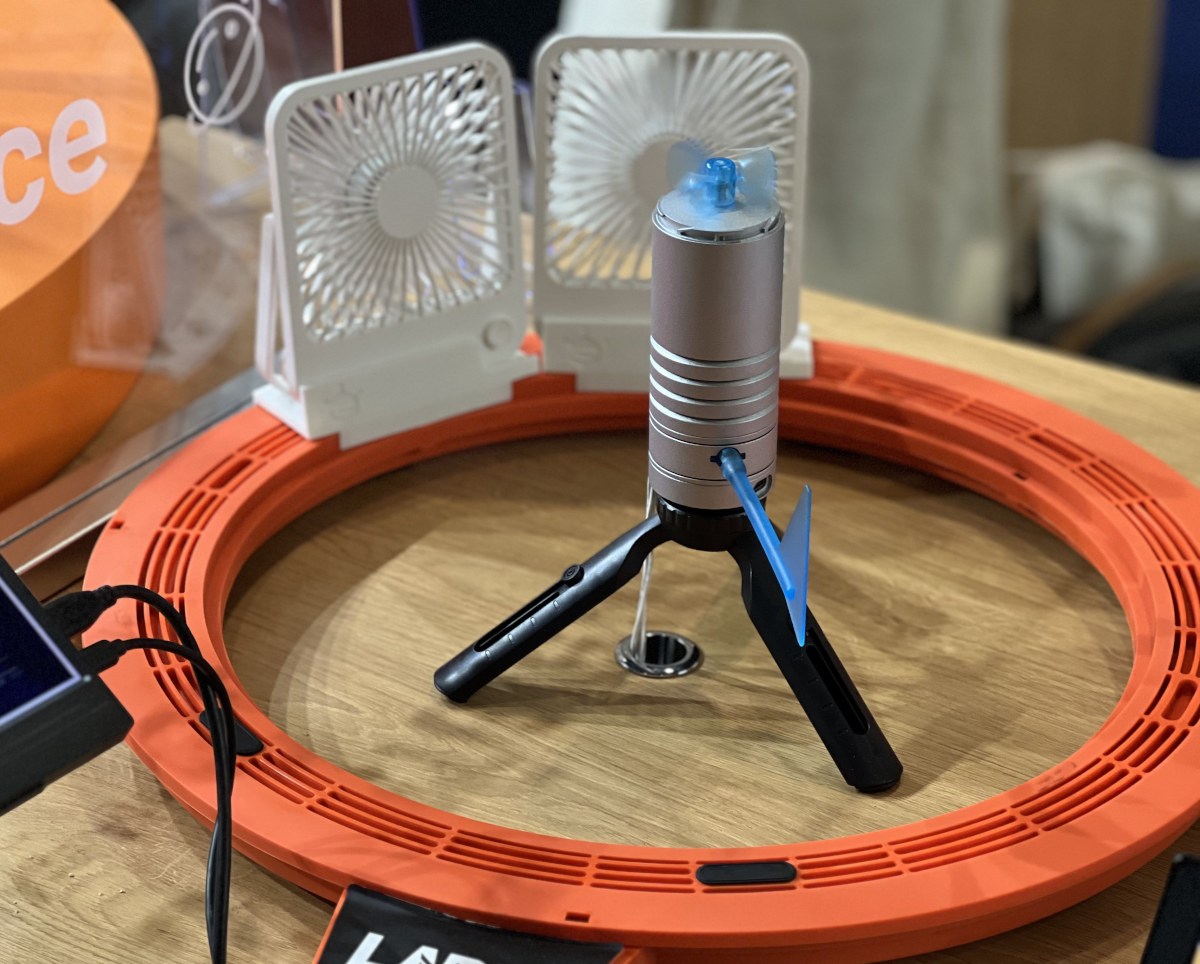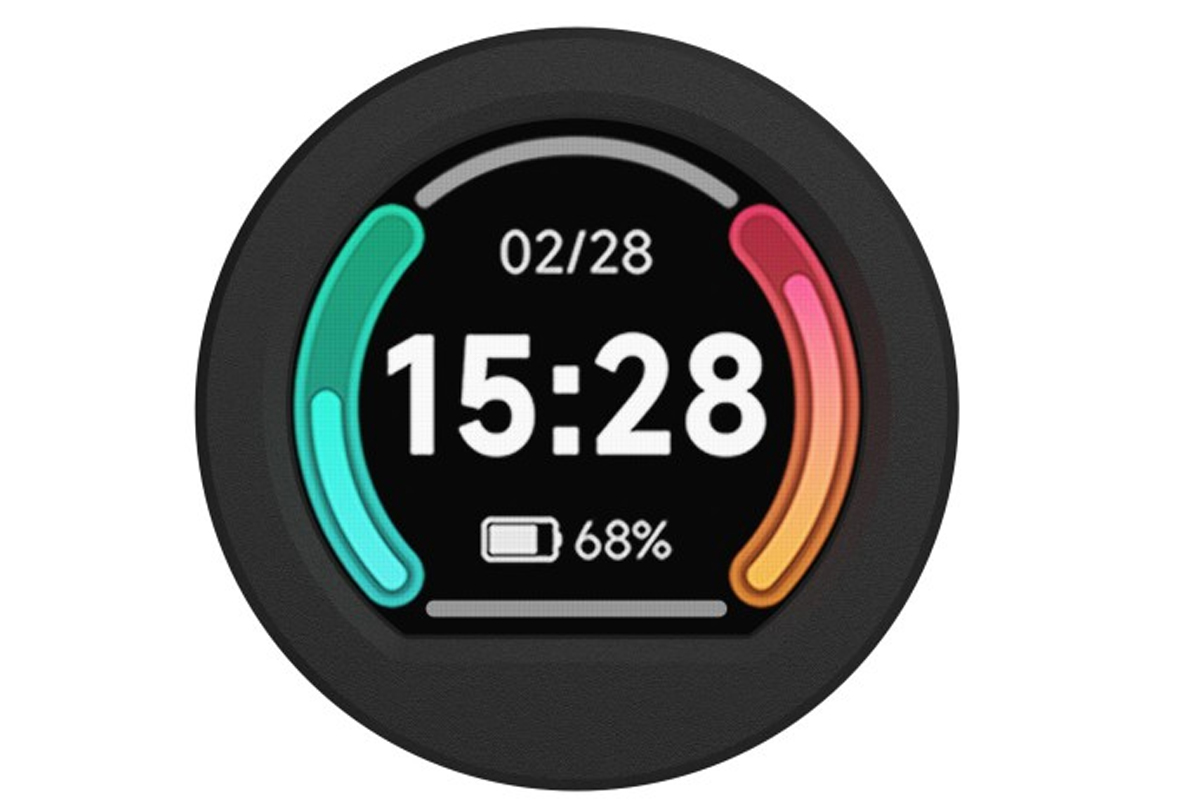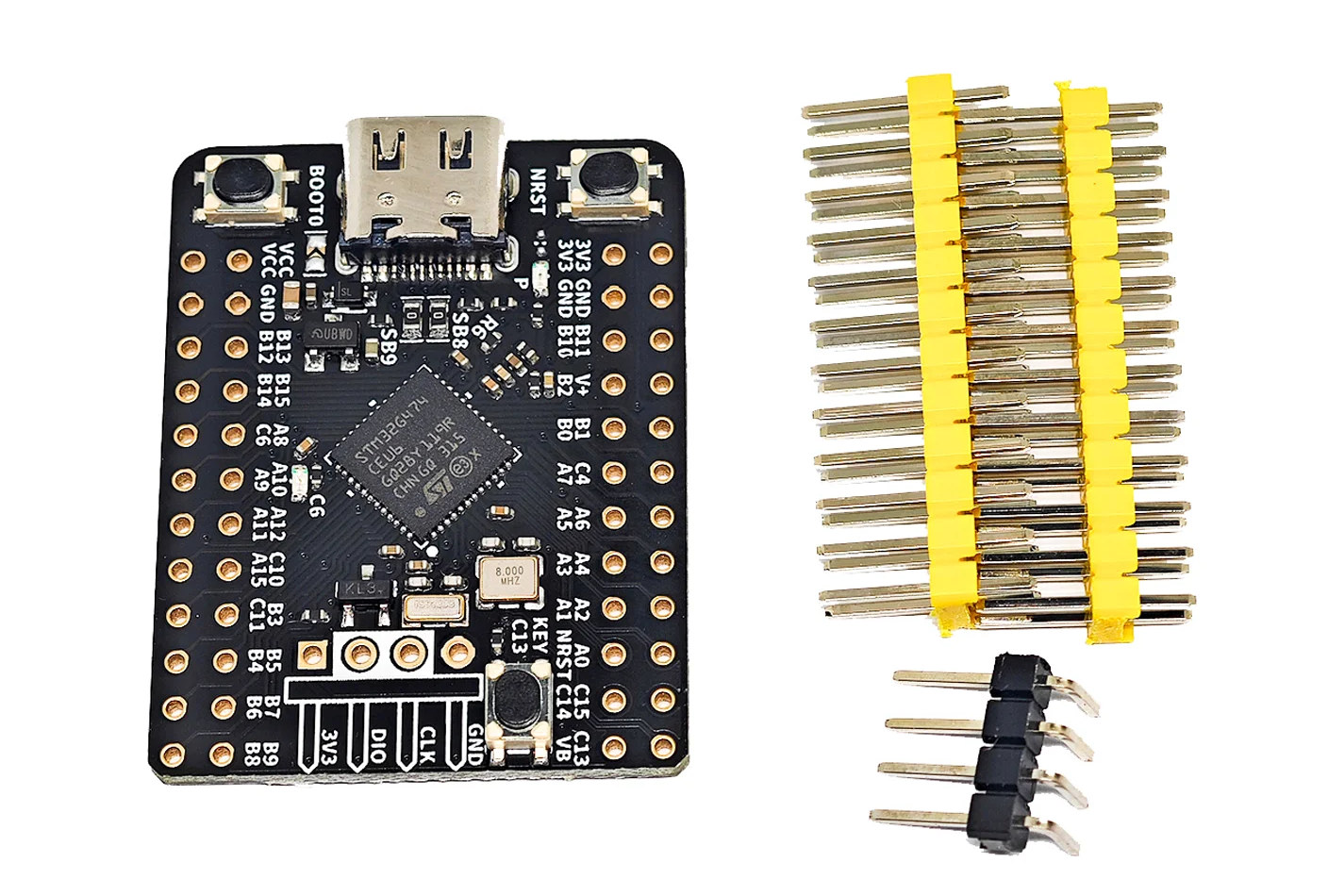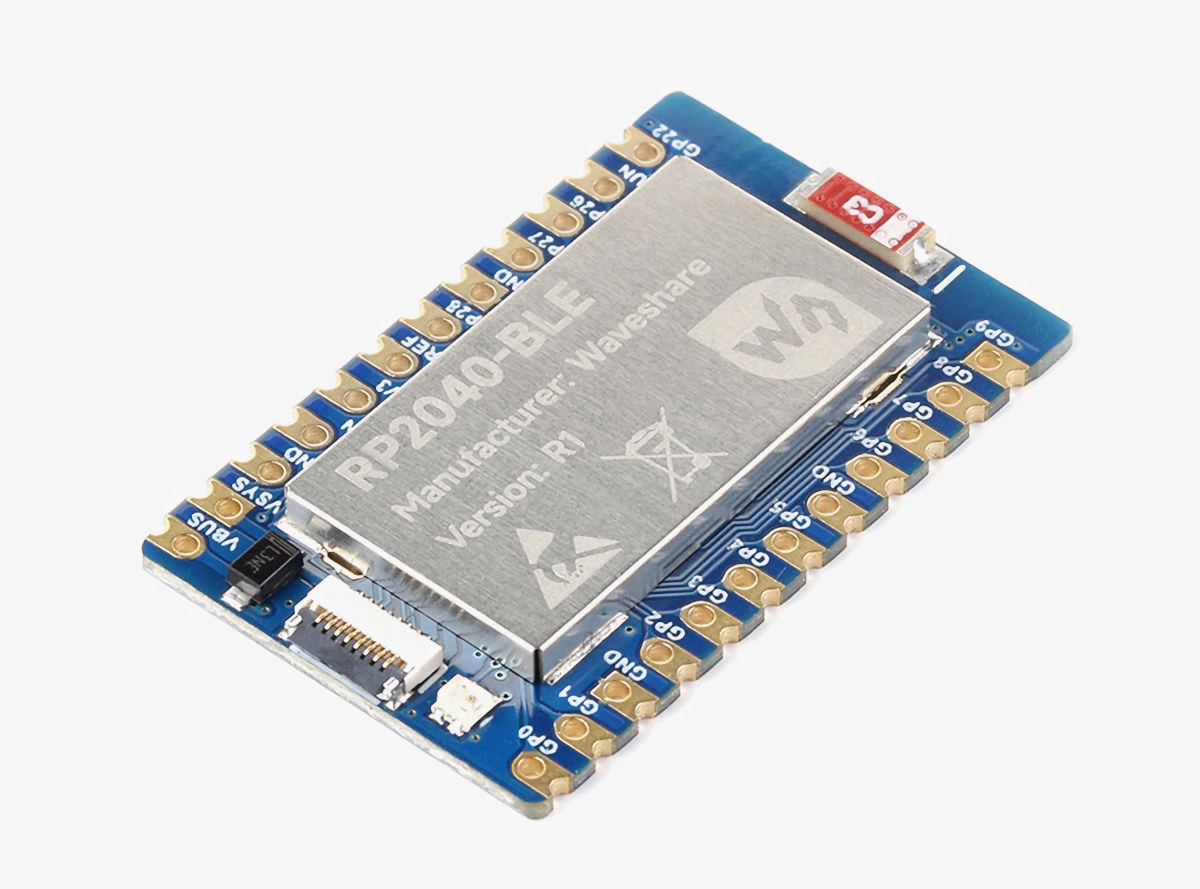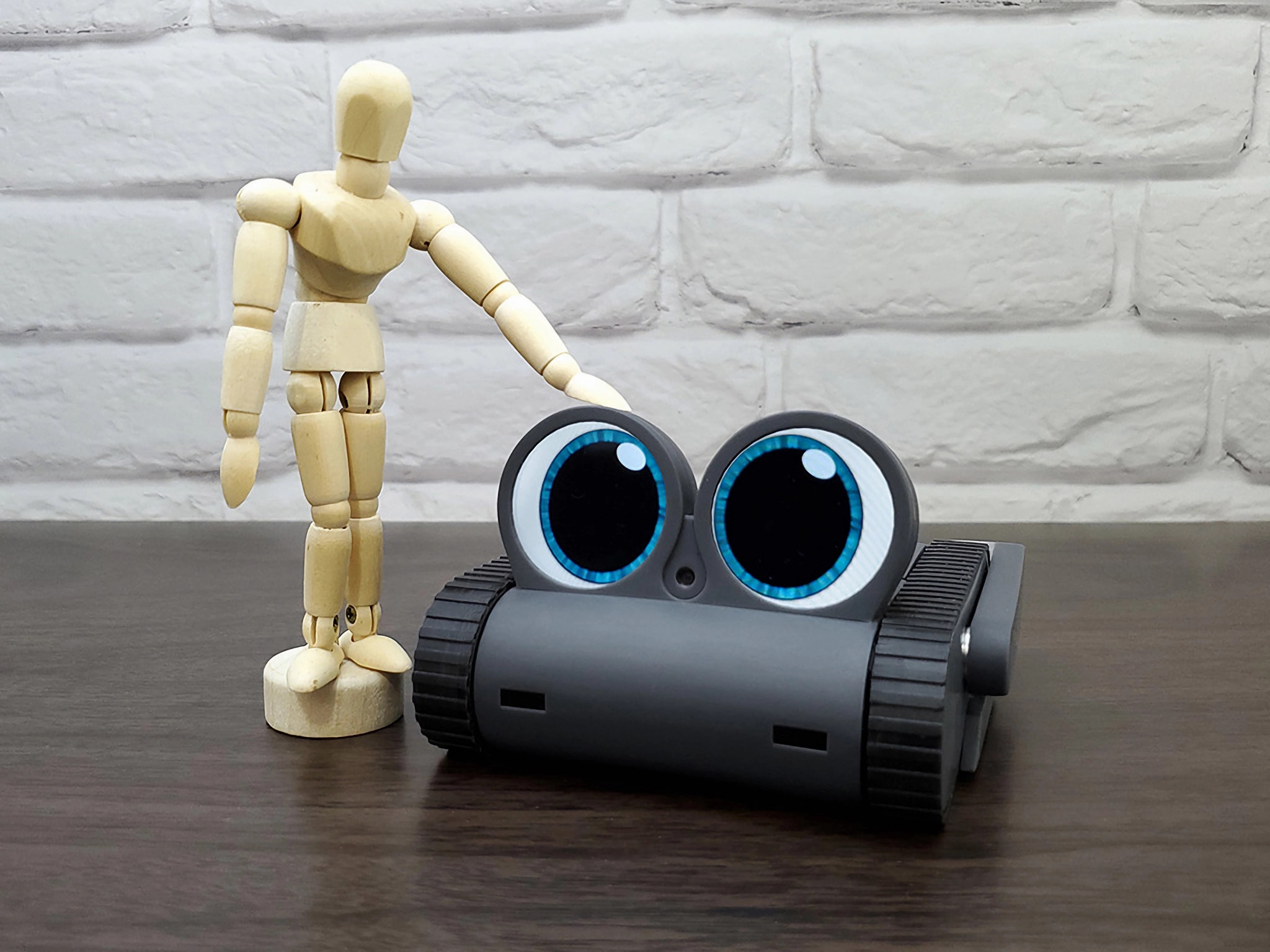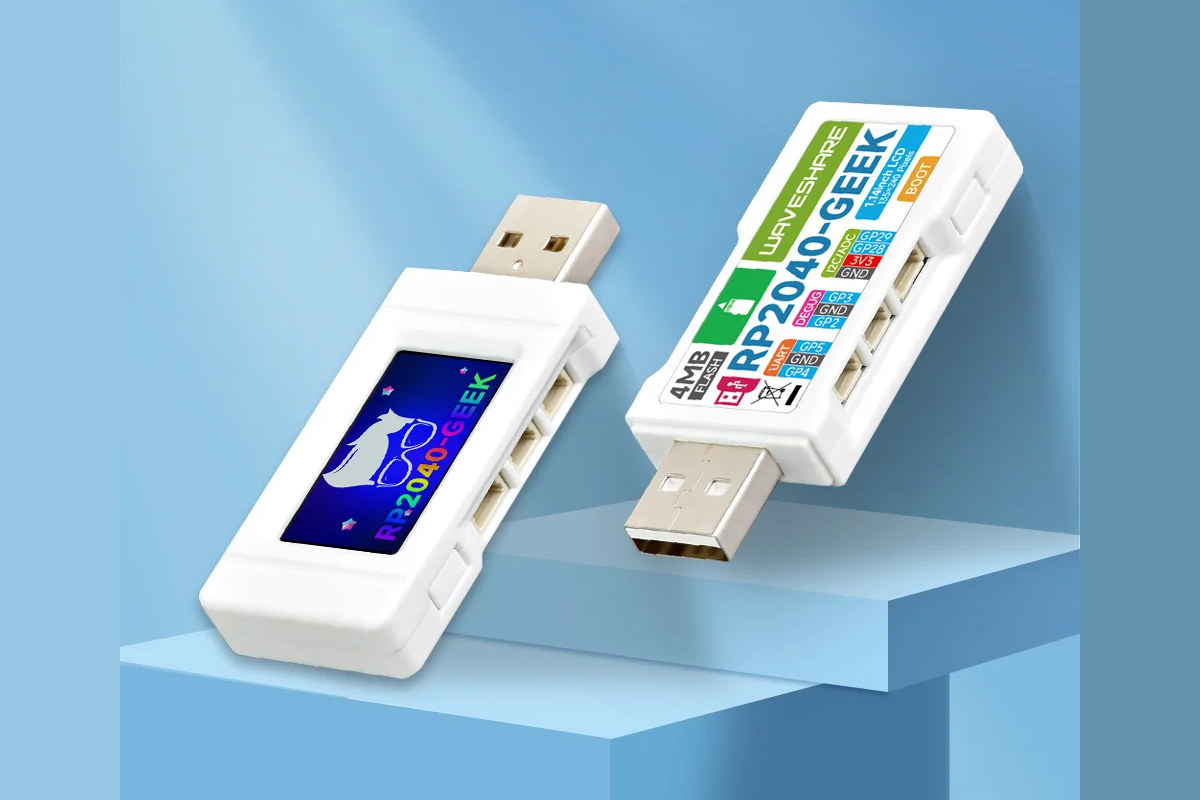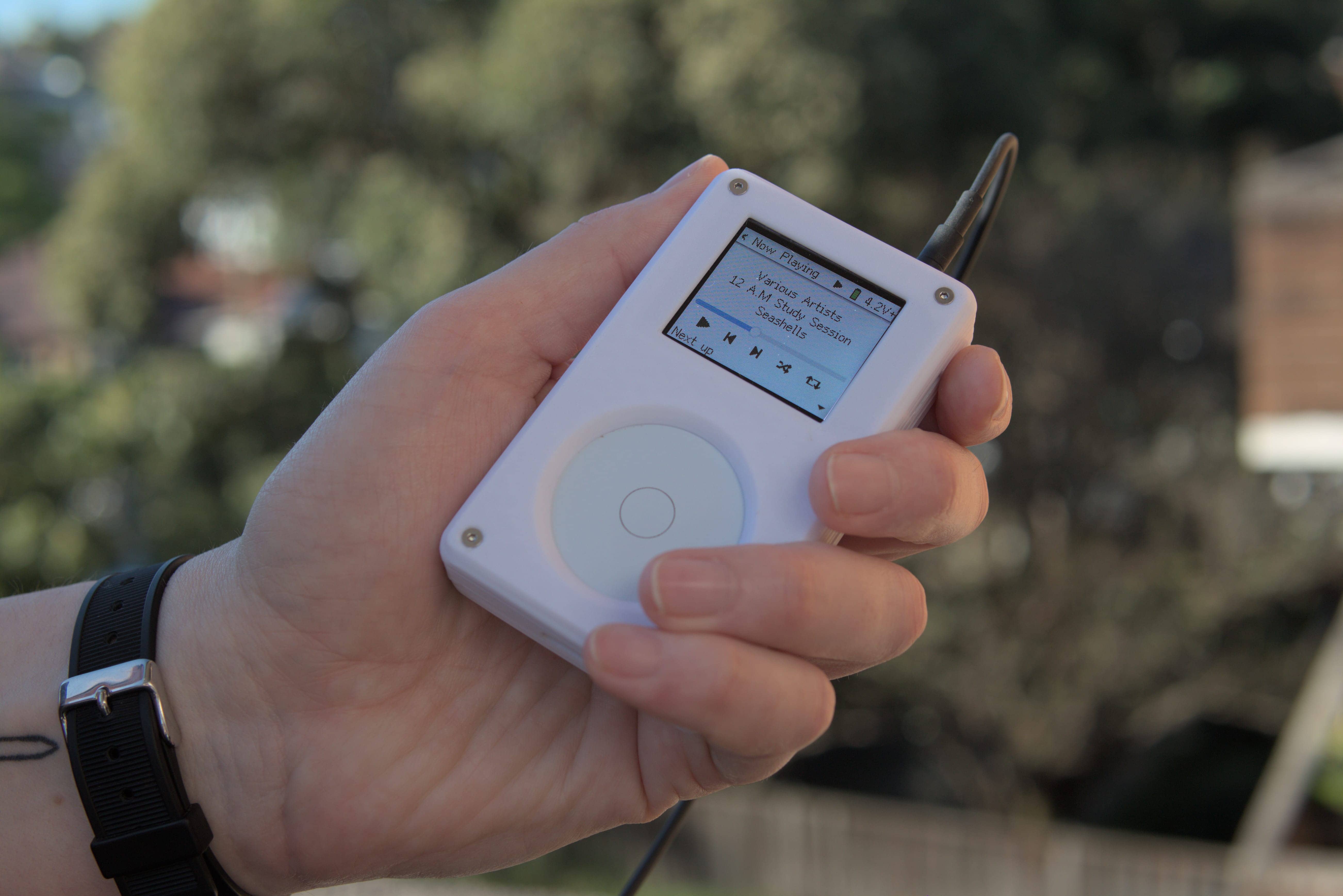Neural networks and other machine learning processes are often associated with powerful processors and GPUs. However, as we’ve seen on the page, AI is also moving to the very edge, and the BitNetMCU open-source project further showcases that it is possible to run low-bit quantized neural networks on low-end RISC-V microcontrollers such as the inexpensive CH32V003. As a reminder, the CH32V003 is based on the QingKe 32-bit RISC-V2A processor, which supports two levels of interrupt nesting. It is a compact, low-power, general-purpose 48MHz microcontroller that has 2KB SRAM with 16KB flash. The chip comes in a TSSOP20, QFN20, SOP16, or SOP8 package. To run machine learning on the CH32V003 microcontroller, the BitNetMCU project does Quantization Aware Training (QAT) and fine-tunes the inference code and model structure, which makes it possible to surpass 99% test accuracy on a 16×16 MNIST dataset without using any multiplication instructions. This performance is impressive, considering […]
The Lark Weather Station works with Arduino, ESP32, micro:bit, Raspberry Pi, and other boards
The Lark Weather Station measures wind speed, wind direction, temperature, humidity, and air pressure through a range of sensors and connects to popular development boards such as Arduino UNO, ESP32, BBC micro:bit, Raspberry Pi, or DFRobot Unihiker through I2C or UART. We’ve seen several projects for Internet-connection weather stations that retrieve weather data from the web and display the results locally, but the Lark Weather Station allows the users to get atmospheric data right in his/her current location thanks to its built-in anemometer, wind vane, and built-in sensors, as well as expansion interfaces for additional sensors. Lark Weather Station specifications: Storage – 16MB flash good to store about 160 days of data (when data is recorded once per minute) Sensors Compass Anemometer Wind Speed: 0.5~12m/s Cover to protect the anemometer during storage/transport Wind vane and wind direction shaft to report the wind direction (eight directions) Temperature Range –20~60℃ ±0.2℃ Humidity […]
Raspberry Pi RP2040-powered 0.99″ rounded display is housed in CNC metal case
The Waveshare RP2040-LCD-0.99-B rounded display is the latest display module by Waveshare. This board is built around the Raspberry Pi RP2040 MCU and hosts a 128×115 pixels 65K color IPS LCD, along with a QMI8658C IMU, all inside a CNC metal case with an acrylic dull-polish bottom plate. The board also hosts a USB Type-C connector, an LDO, a 2MB NOR-Flash, a SH1.0 6PIN connector (adapting 4x GPIO pins), and a BOOT button. Waveshare RP2040-LCD-0.99-B rounded display module specification: Microcontroller – Raspberry Pi RP2040 dual-core Arm Cortex M0+ processor up to 133 MHz with 264KB SRAM Storage – 2MB on-board flash memory Display – 0.99-inch 128×115 pixel 65K color IPS LCD USB – 1x USB 1.1 Type-C port (host/device) for power and programming using drag-and-drop via USB mass storage Sensor – QMI8658C IMU Expansion – 4x GPIO via SH1.0 6PIN connector Power Management – Low-power sleep and dormant modes Dimension – […]
WeAct STM32G4 is a tiny board based on STMicro STM32G4 mixed-signal microcontroller
WeAct STM32G4 is a tiny development board based on a 170 MHz STMicro STM32G4 Arm Cortex-M4F mixed-signal microcontroller with DSP instructions and suitable for applications such as motor control, building automation, lighting, digital power meters, and more. Two versions of the board are offered one with an STM32G474CEU6 “Hi-resolution line” microcontroller equipped with 128KB RAM and 512KB flash, and the other with the lower-end STM32G431CBU6 “Access Line” MCU with just 32KB RAM and 128KB flash. The board also comes with a USB-C port for power and programming, three buttons, and two 24-pin headers. WeAct STM32G4 specifications: Microcontroller (one or the other) STMicro STM32G431CBU6 – Arm Cortex-M4F MCU @ 170 MHz with DSP instructions, 32KB RAM, 128KB flash, and math accelerator STMicro STM32G474CEU6 – Arm Cortex-M4F MCU @ 170 MHz with DSP instructions, 128KB RAM, 512KB flash, and math accelerator; high-resolution timer and complex waveform builder plus event handler (HRTIM) for […]
Waveshare RP2040-BLE is a Raspberry Pi RP2040 module with Bluetooth LE connectivity
If you could not care less about WiFi, the Waveshare RP2040-BLE module combines a Raspberry Pi RP2040 microcontroller with an unnamed Bluetooth 5.1 dual-mode chip, and supports a USB-C add-on board useful during development. There are several Raspberry Pi RP2040 boards with a WiFi and Bluetooth module including the Raspberry Pi Pico W, but if you are only interested in using Bluetooth, the RP2040-BLE board from Waveshare may be more power-efficient and its design may be more suitable for integration into products. Waveshare RP2040-BLE specifications: MCU – Raspberry Pi RP2040 dual-core Arm Cortex M0+ microcontroller up to 133 MHz with 264KB of SRAM Storage – 2MB of onboard Flash memory. Connectivity Bluetooth 5.1 dual-mode function (BLE and classic) Controlled by serial AT commands Ceramic antenna Expansion 24x through and castellated holes with 14x multi-function GPIO pins. 2x SPI, 2x I2C, 2x UART, 3x 12-bit ADC, 14 x PWM FPC connector […]
Doly – A cute little autonomous AI-powered robot based on Raspberry Pi CM4 module (Crowdfunding)
Limitbit Doly is a cute little autonomous robot with two continuous tracks, two small arms controlled by servos, two round color displays acting as the eyes, and various sensors, all controlled by a Raspberry Pi CM4 system-on-module. The robot can be used for STEM (Science, Technology, Engineering, and Mathematics) education or as a developer platform. AI workloads can also run on the Raspberry Pi CM4 module taking sensors, camera, and microphone inputs, with the robot interacting with the user through the built-in stereo speaker and two eyes. In practice, that means Doly supports features such as face recognition and smart audio with the robot capable of recognizing its owner and responding to voice commands. Doly specifications: System-on-Module – Raspberry Pi CM4 Lite model CM4101000 (1GB RAM, Wireless) by default, but also supports other CM4/CM Lite modules with wireless Storage – MicroSD card slot Display – 2x high-resolution color displays (the […]
Waveshare RP2040-GEEK USB development board features RP2040 MCU, 1.14-inch color display, UART/I2C/SWD ports
Waveshare RP2040-GEEK is a development board that looks like a USB flash drive but is based on a Raspberry Pi RP2040 microcontroller with a 1.14-inch 65K color LCD and some expansion ports all housed in a white plastic case. The device comes with a 4MB flash to store the firmware, a microSD card slot for data storage, a BOOT button to enter bootloader mode, two 3-pin connectors for UART and SWD debug, and a 4-pin I2C port. Waveshare RP2040-GEEK specifications: MCU – Raspberry Pi RP2040 dual-core Arm Cortex-M0+ microcontroller clocked up to 133 MHz with 264 kB SRAM Storage – 4MB flash (W25Q32JVSSIQ) and microSD card slot Display – 1.14-inch 240×135 pixel 65K color IPS LCD display USB – 1x USB Type-A female port for power and programming Debugging – 3-pin SWD port for connecting a target board; the standard CMSIS-DAP interface can be used to debug most Arm-based microcontrollers; […]
Tangara is a portable, open-source music player based on an ESP32 MCU (Crowdfunding)
Tangara is a portable music player that is out to make MP3 players cool again. With an iPod-inspired design and an ESP32 module at its core, Tangara presents an open-source and nostalgic way to listen to your favorite music and podcasts. The ESP32-WROVER-E at the core of the music player is the main microcontroller but it also features a co-processor, a Microchip SAMD21, which is responsible for USB communication and power management. We have covered the ESP32-WROVER-KIT, a development kit for the ESP32-WROVER and ESP-WROOM-32 line of modules with a JTAG interface and an LCD. The Tangara music player can output audio through a 3.5mm headphone jack or Bluetooth, although Bluetooth is currently limited to the default SBC codec. Tangara is the brainchild of Australian tech company Cool Tech Zone and is aimed at the portable media player community at large. This is reflected in many of the design choices […]



